


| MOQ: | 1kg |
| Price: | US $3/kg |
| Standard Packaging: | Cylinder/Tank |
| Delivery Period: | 15 days |
| Payment Method: | L/C, T/T |
| Supply Capacity: | 20000 Tons/Year |
Propylene gas (C3H6) is a colorless, flammable gas that is widely used in various industrial applications. It is an important building block in the petrochemical industry and possesses several useful properties. Here are some key points about propylene gas:
Properties: Propylene gas has several important properties:
Flammability: Propylene is a flammable gas that can form explosive mixtures with air. It has a lower flammability limit (LFL) of 2.2% and an upper flammability limit (UFL) of 12.7%.
Odor: Pure propylene gas has a slightly sweet, gasoline-like odor. However, commercial-grade propylene may contain additives or impurities that affect its odor.
Density: Propylene gas is slightly heavier than air, so it tends to sink and accumulate in low-lying areas.
Production: Propylene gas is primarily produced as a byproduct of petroleum refining and the steam cracking of hydrocarbon feedstocks. It is obtained from the cracking of heavier hydrocarbons, such as propane or naphtha, during the refining process.
Uses: Propylene gas has numerous industrial applications:
Petrochemical Industry: Propylene is a valuable feedstock in the production of various chemicals. It serves as a building block for the manufacturing of polypropylene (a widely used plastic), propylene oxide, acrylonitrile, isopropyl alcohol, and other chemicals.
Fuel Gas: Propylene can be used as a fuel gas for heating and combustion processes, similar to propane or natural gas.
Chemical Synthesis: Propylene is employed as a reactant in the synthesis of other compounds, including pharmaceuticals, solvents, and plastics.
Safety Considerations: Propylene gas is flammable and should be handled with caution. Here are some safety considerations:
Storage and Handling: Propylene gas should be stored in appropriate containers or cylinders designed for flammable gases. It should be handled in well-ventilated areas, away from ignition sources and heat.
Fire Hazards: Propylene gas can form explosive mixtures with air. Precautions should be taken to prevent the accumulation of flammable concentrations and to minimize the risk of ignition.
Toxicity: Propylene gas is generally considered to have low toxicity. However, like any hydrocarbon gas, it can displace oxygen in confined spaces, leading to an oxygen-deficient environment. Proper ventilation is important when working with propylene gas.
Basic Info.
| DOT Class | 2.1 | Un No | 1077 |
| Cylinde | DOT/ISO/GB | Cylinder Pressure | 3MPa/15MPa/20MPa |
| Valve | Qf-30A/Bxf-1/Cga350 | Melting Point | -185 ºC |
| Appearance | Colorless, Odorless, Slightly Sweet | Boiling Point | -47.7 ºC |
| Density | 1.914 Kg/M3 | Molecular Weight | 42.08 |
| Transport Package | 47L, 118L, 926L, ISO Tank | Specification | 99.5% |
| Trademark | CMC | Origin | China |
| HS Code | 29012200 | Production Capacity | 20, 000 Tons/Year |
Specification:
| Specification | Company Standard |
| C3H6 | ≥ 99.5% |
| Sulfur | < 1 ppm |
| Moisture | < 0.001% |
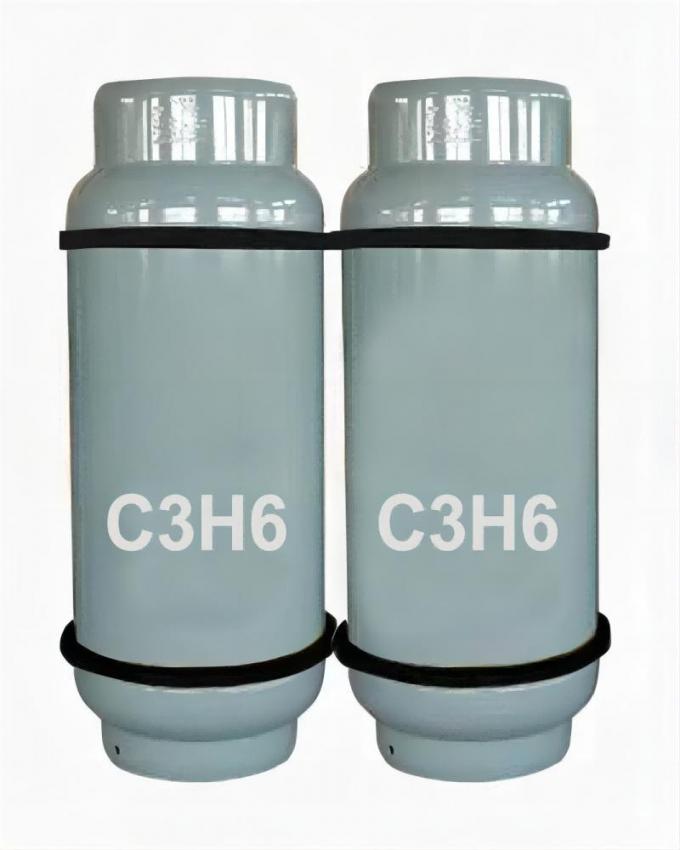
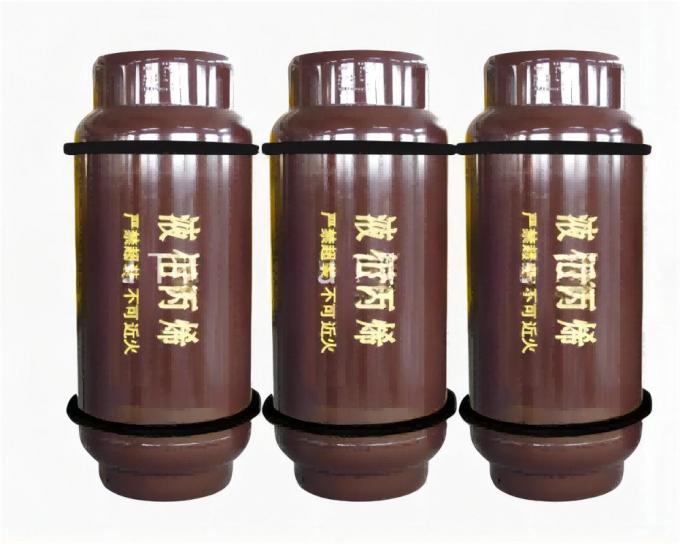
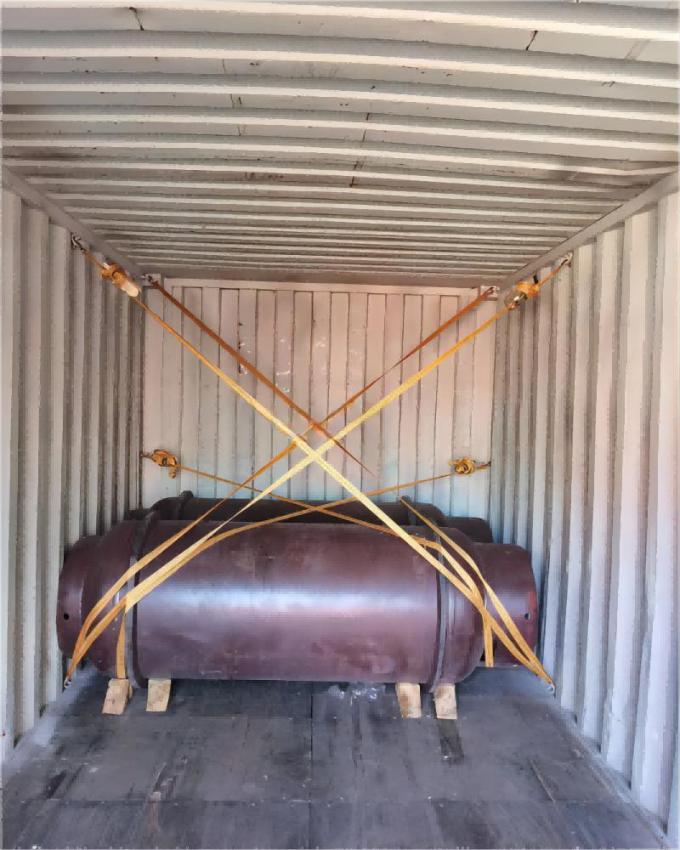
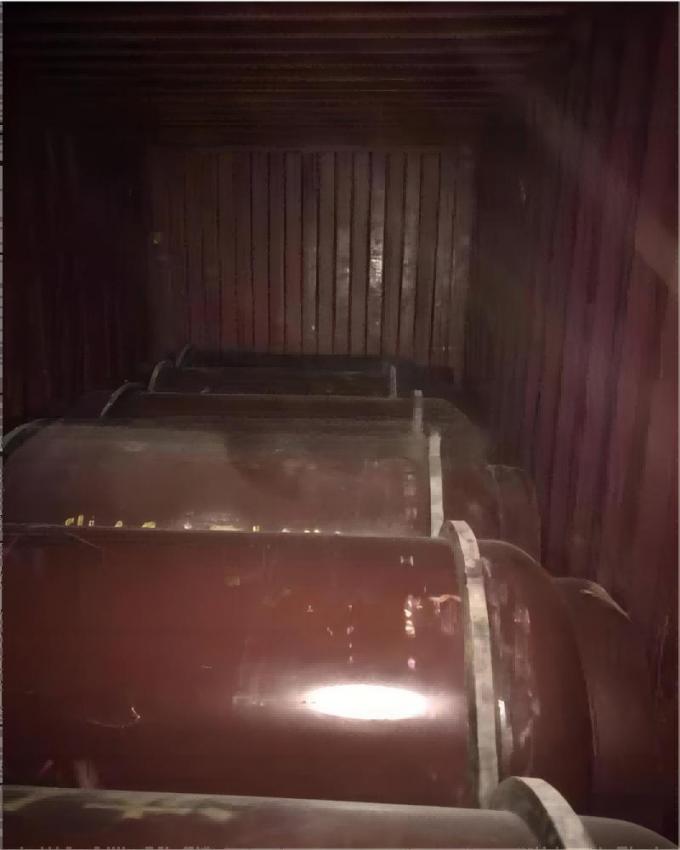
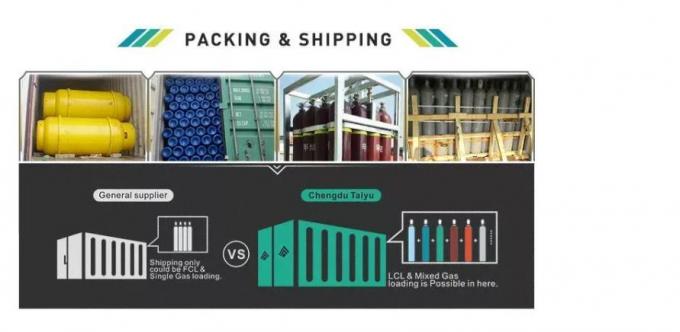
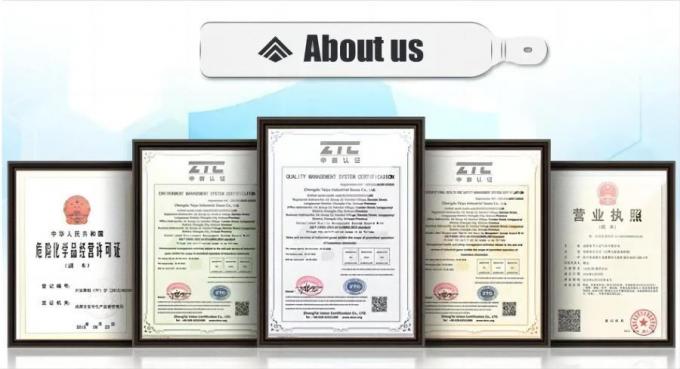

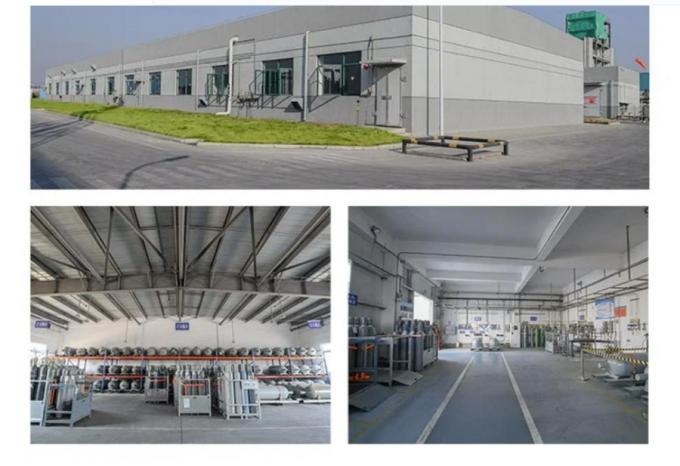

| MOQ: | 1kg |
| Price: | US $3/kg |
| Standard Packaging: | Cylinder/Tank |
| Delivery Period: | 15 days |
| Payment Method: | L/C, T/T |
| Supply Capacity: | 20000 Tons/Year |
Propylene gas (C3H6) is a colorless, flammable gas that is widely used in various industrial applications. It is an important building block in the petrochemical industry and possesses several useful properties. Here are some key points about propylene gas:
Properties: Propylene gas has several important properties:
Flammability: Propylene is a flammable gas that can form explosive mixtures with air. It has a lower flammability limit (LFL) of 2.2% and an upper flammability limit (UFL) of 12.7%.
Odor: Pure propylene gas has a slightly sweet, gasoline-like odor. However, commercial-grade propylene may contain additives or impurities that affect its odor.
Density: Propylene gas is slightly heavier than air, so it tends to sink and accumulate in low-lying areas.
Production: Propylene gas is primarily produced as a byproduct of petroleum refining and the steam cracking of hydrocarbon feedstocks. It is obtained from the cracking of heavier hydrocarbons, such as propane or naphtha, during the refining process.
Uses: Propylene gas has numerous industrial applications:
Petrochemical Industry: Propylene is a valuable feedstock in the production of various chemicals. It serves as a building block for the manufacturing of polypropylene (a widely used plastic), propylene oxide, acrylonitrile, isopropyl alcohol, and other chemicals.
Fuel Gas: Propylene can be used as a fuel gas for heating and combustion processes, similar to propane or natural gas.
Chemical Synthesis: Propylene is employed as a reactant in the synthesis of other compounds, including pharmaceuticals, solvents, and plastics.
Safety Considerations: Propylene gas is flammable and should be handled with caution. Here are some safety considerations:
Storage and Handling: Propylene gas should be stored in appropriate containers or cylinders designed for flammable gases. It should be handled in well-ventilated areas, away from ignition sources and heat.
Fire Hazards: Propylene gas can form explosive mixtures with air. Precautions should be taken to prevent the accumulation of flammable concentrations and to minimize the risk of ignition.
Toxicity: Propylene gas is generally considered to have low toxicity. However, like any hydrocarbon gas, it can displace oxygen in confined spaces, leading to an oxygen-deficient environment. Proper ventilation is important when working with propylene gas.
Basic Info.
| DOT Class | 2.1 | Un No | 1077 |
| Cylinde | DOT/ISO/GB | Cylinder Pressure | 3MPa/15MPa/20MPa |
| Valve | Qf-30A/Bxf-1/Cga350 | Melting Point | -185 ºC |
| Appearance | Colorless, Odorless, Slightly Sweet | Boiling Point | -47.7 ºC |
| Density | 1.914 Kg/M3 | Molecular Weight | 42.08 |
| Transport Package | 47L, 118L, 926L, ISO Tank | Specification | 99.5% |
| Trademark | CMC | Origin | China |
| HS Code | 29012200 | Production Capacity | 20, 000 Tons/Year |
Specification:
| Specification | Company Standard |
| C3H6 | ≥ 99.5% |
| Sulfur | < 1 ppm |
| Moisture | < 0.001% |







